If your lawn still looks dull and patchy even with regular watering or fertilizer application, that is likely caused by excess thatch.
Thatch is that dense and tangled layer of dead grass, roots, and clippings that builds up between your grass and the soil. A little bit is fine, but when it gets too thick and blocks nutrients from reaching the grass roots, lawn dethatching becomes necessary.
Lawn dethatching means removing excess thatch so your grass can absorb nutrients and grow stronger. In this guide, we’ll show you why thatch builds up, how to dethatch, and the tools you will need. Plus, we’ll weigh the pros and cons of DIY-ing and calling in an expert, so you can make the best choice for your lawn and finances.
5 Causes of Thatch Buildup
Knowing why thatch builds up in your lawn is your first defense against it. Most of the time, thatch becomes too thick due to these lawn care habits:
Pesticide Overuse
Applying too much pesticides kills all the good microbes in the soil that naturally break down thatch.
You might be overusing pesticides if you spray too frequently, apply too much at once, or use them as a preventive measure when there’s no pest problem.
To keep your lawn healthy, stick to the pesticide’s application instructions and spot-treat rather than spraying your entire lawn.
Poor Soil Quality
Low-quality or compacted soil struggles to support the tiny organisms that help decompose organic matter. When that natural recycling system breaks down, thatch is what’s left behind.
Clay-heavy or sandy soil is prone to this problem since it doesn’t hold the right balance of air, moisture, and nutrients.
You can reverse soil compaction through lawn aeration. It's an effective technique that improves the air exchange and gives the roots a direct path to water and nutrients.

Infrequent Mowing
Infrequent mowing allows the turf to grow tall, resulting in big clippings when you finally mow your lawn. These big clippings clump together, forming a perfect base for thatch.
Regular mowing produces small clippings that break down quickly and feed the lawn. That’s why experts suggest mowing your lawn every 7–10 days.
Watering Too Often
Daily deep watering might feel like a good lawn care routine, but it is a recipe for thatch. Constant moisture drives out oxygen and suffocates the microbes that eat thatch.
As a result, thatch builds up faster. Instead of watering deeply every day, give your lawn 1.5 inches of water per week and see how much healthier it will be.
Overfertilizing
Feeding your lawn too often sounds like a good idea until the grass starts growing faster than it can sustain itself. This rapid growth produces more roots, stems, and debris, much of which dies off quickly and turns into thatch.
Stick to a balanced fertilizing schedule that matches your grass type and season to avoid overloading your lawn.

Common Signs of Excess Thatch
Here are visible signs that you might have excess thatch in your lawn:
- The lawn feels bouncy or springy when you walk on it.
- Water refuses to soak into the soil and starts forming puddles.
- The lawn is faded or straw-like, no matter how much you water or fertilize.
- Roots struggle to grow deep, leaving your grass weak and easily stressed by heat or drought.
- You notice uneven growth or bare areas.
Catching these signs early makes dethatching easier and helps your lawn bounce back faster.
When Should You Dethatch Your Lawn?
Dethatch your lawn when the thatch layer is thicker than half an inch. That’s the point where air, water, and nutrients stop reaching the soil effectively.
However, the timing depends on your local climate. Dethatch your lawn in early spring or early fall, when the grass is actively growing and can recover quickly. Otherwise, aim for late spring through early summer, once the lawn is fully green and growing strong.
When it comes to frequency, dethatching your lawn every one to three years is a safe practice. Doing it too often can stress the grass instead of helping it grow.
Essential Tools for Lawn Dethatching
The right lawn care tools make dethatching easier and help you avoid damaging your lawn.
For small lawns or light thatch buildup, manual tools do the job just fine. A thatching rake with sharp tines lets you pull up and loosen thatch by hand, while a coring aerator removes small plugs of soil to improve air and water flow.

You can also use a manual lawn scarifier, a push tool with metal blades that slice through the thatch layer, and a leaf rake to gather the loosened debris afterward.
For large lawns or heavier thatch, power tools make things faster and easier. A power dethatcher, also known as a vertical mower, uses spinning blades to cut through and lift thick thatch quickly. A tow-behind dethatcher attaches to a riding mower, covering big yards with minimal effort.
If you’re working on a smaller space, an electric dethatcher is suitable as it is lightweight and easy to use. Meanwhile, a gas-powered dethatcher offers more strength and depth for compacted or overgrown lawns.
How to Dethatch a Lawn: Step-by-Step Guide
With the right approach, you can restore your lawn’s health in just a few hours. Follow these steps to DIY:
Step 1: Prep the Lawn
Start by mowing your grass shorter than usual—about a half inch lower than its normal height. This lawn mowing pattern helps the dethatcher reach the thatch layer more effectively.
After mowing, rake up loose clippings or debris, then water the lawn lightly a day before to soften the soil without making it muddy.
Pro tip: For hands-free lawn mowing, use a smart lawn mower from Navimow and save hours of manual labor each week.
Step 2: Set Up the Dethatcher
Your settings will depend on your grass type, thatch thickness, and the machine model you’re using. Always check the user manual first.
As a general rule, set the blades so they just touch the soil surface. The blades should go deep enough to pull up thatch but not so deep that they tear up roots or soil.

Step 3: Dethatch in One Direction
Move slowly across the lawn, overlapping your passes by a few inches to ensure full coverage. Start with a small test patch first. This lets you confirm the settings are right and helps prevent damage if the blades are cutting too deeply.
Step 4: Do a Second Pass
If your first run still leaves behind thick patches of thatch, go over the lawn again at a crisscross angle to the first pass. This helps lift any stubborn layers the blades missed and opens the soil for better air and water flow. Just be gentle so you don’t scalp the grass.
Step 5: Rake and Remove Debris
You’ll be left with a huge amount of loose, dead material after lawn dethatching. Rake it up thoroughly.
Leaving it there will block sunlight and suffocate new grass. You can compost the thatch if you haven’t used a pesticide. Otherwise, bag it and dispose of it with your yard waste. A clean surface helps your grass recover faster and grow thicker.

Should You DIY or Hire a Lawn Care Professional?
The choice between dethatching your lawn yourself and hiring a professional hinges on cost and convenience.
Doing it yourself costs less if you own the needed tools or find a cheap rental company. It also gives you full control over the timing and technique and lets you acquire basic lawn care skills. However, it can be time-consuming, especially if you have a big lawn.
Hiring a lawn care professional is ideal if you want to save time. These experts use commercial-grade equipment that not only speeds up the lawn dethatching process but also guarantees a flawless finish.
Plus, they have the expertise and experience to handle various lawn care tasks, eliminating the risk of on-the-job property damage. Professional lawn dethatching costs anywhere from $100–$350, depending on the lawn size.
If you have a small, even yard and the basic tools, going the DIY route saves you money. But for large, sloped lawns or thick thatch, hiring a pro is worth every dollar for the time and effort it saves.
Keep Your Lawn Healthy All Year
A healthy lawn is the result of steady care and attention. Mow regularly, water deeply but infrequently, and consider annual aeration. Keep an eye on that thatch layer each season, and you’ll prevent it from becoming a problem again.
If you enjoy a hands-on approach but want to save time, get the Navimow i110 Robotic Lawn Mower. It lets you schedule mowing tasks, view real-time progress, and receive live updates on your device. So, you can get a perfectly trimmed lawn without spending weekends pushing a mower around.

FAQ About Lawn Dethatching
Can dethatching hurt my lawn?
Dethatching can damage your lawn if you do it aggressively or at the wrong time (like in the peak of summer heat). It’s a stressful process for the grass, so always follow up with water and a light fertilizer to help your lawn recover.
Can I dethatch and aerate on the same day?
Yes, you can dethatch and aerate on the same day to improve the soil quality. Dethatch first to clear the barrier, and then aerate to give your lawn a massive boost of oxygen and moisture.
Is power raking the same as dethatching?
No, power raking and lawn dethatching are not the same. Power raking digs deeper into the soil to remove thick thatch. For most homeowners dealing with thinner layers of thatch, dethatching is sufficient.
More Blog
When is the Best Time to Plant Grass Seed?
Every lawn owner is eager to get rid of those bald patches and make the lawn lush and green from every corner. But you can’t just grab grass seeds and plant them whenever you want. Beginners often don’t know the...
Summer Lawn Care Tips: Smarter Lawn Care for a Better Season
Summer's finally here. A time when the days are long, the sun is high, and the sweet smell of freshly cut grass hangs languidly in the air. For many of us, a lush, green lawn is the centerpiece of summer,...
Month-by-Month Lawn Care Calendar for the US
Lawns are sensitive, so you have to do everything at the right time, whether mowing, applying fertilizer, or watering. Otherwise, you will end up ruining your lawn while trying to make it healthier. Beginner gardeners and new lawn owners often...
How to Overseed a Lawn in Spring?
Does your lawn look thin and patchy? Many people would have suggested overseeding it in spring. But you’re still confused about how to complete that process. It’s not just sprinkling some seed on the soil and hoping water will do...
When To Fertilize Your Lawn In Spring
The first time you fertilize your lawn in spring can set up healthy, lush growth for the entire year. However, getting the time right is essential to ensure excellent results. You might be wondering how to figure out the perfect...
Should You Aerate Your Lawn in Spring
Planning to aerate your lawn this season, but unsure because of the mixed views on spring aeration? Many homeowners face the same confusion. Some say spring works fine, while others warn against it, which makes the decision harder than it...

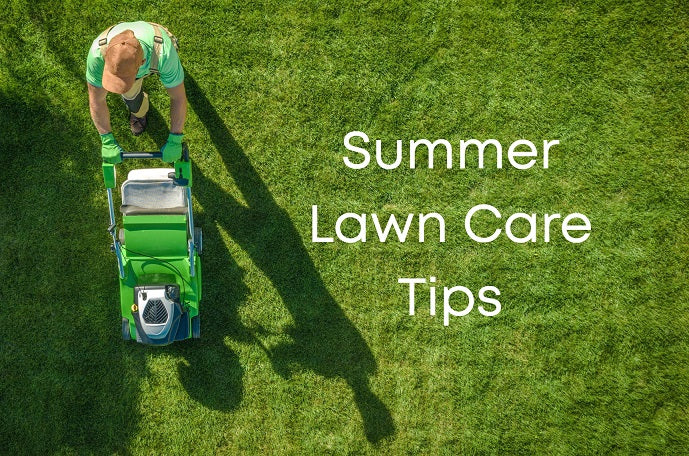
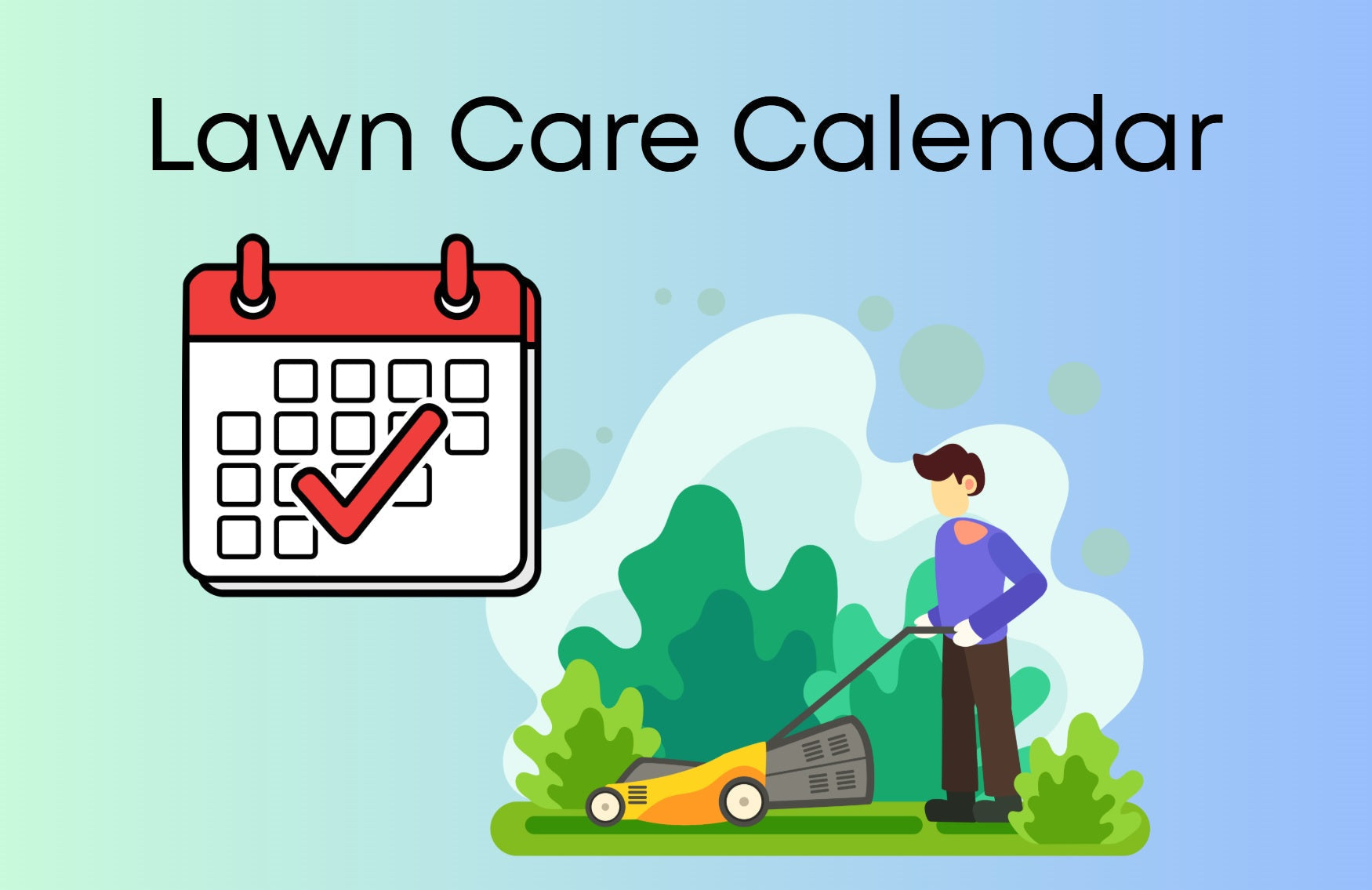
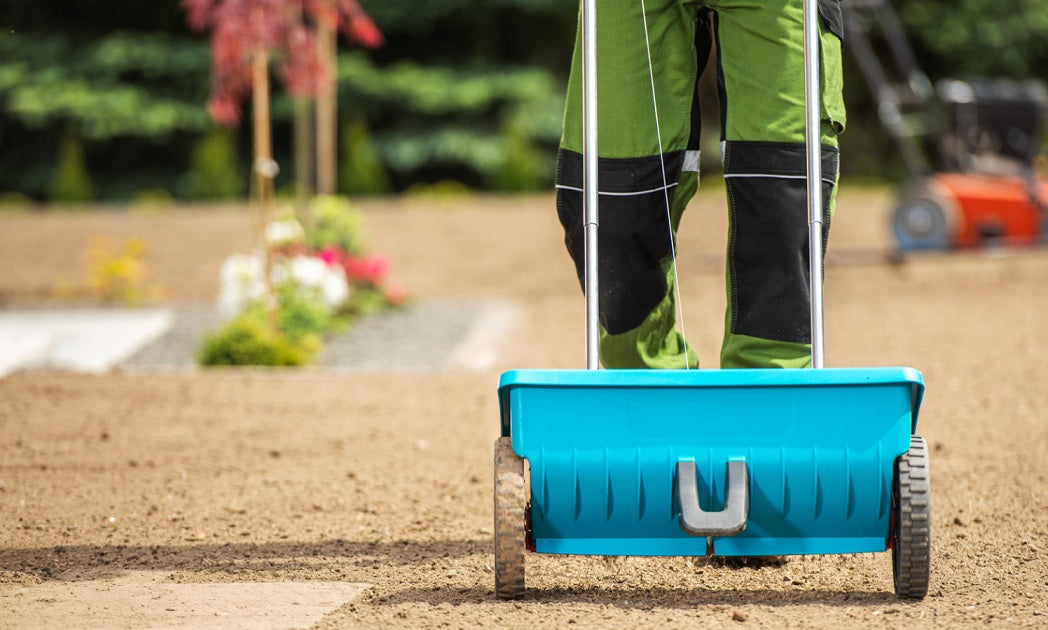
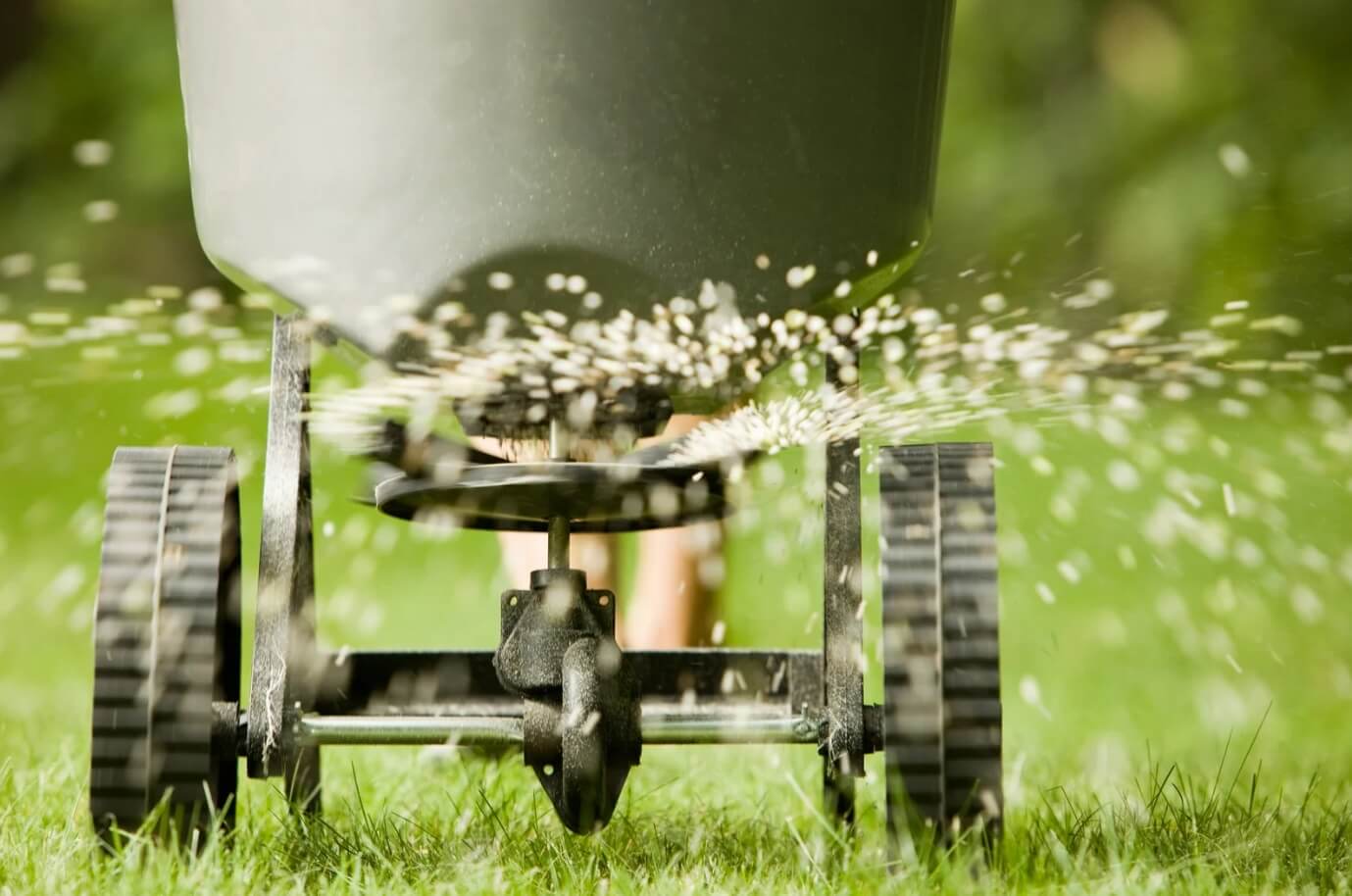
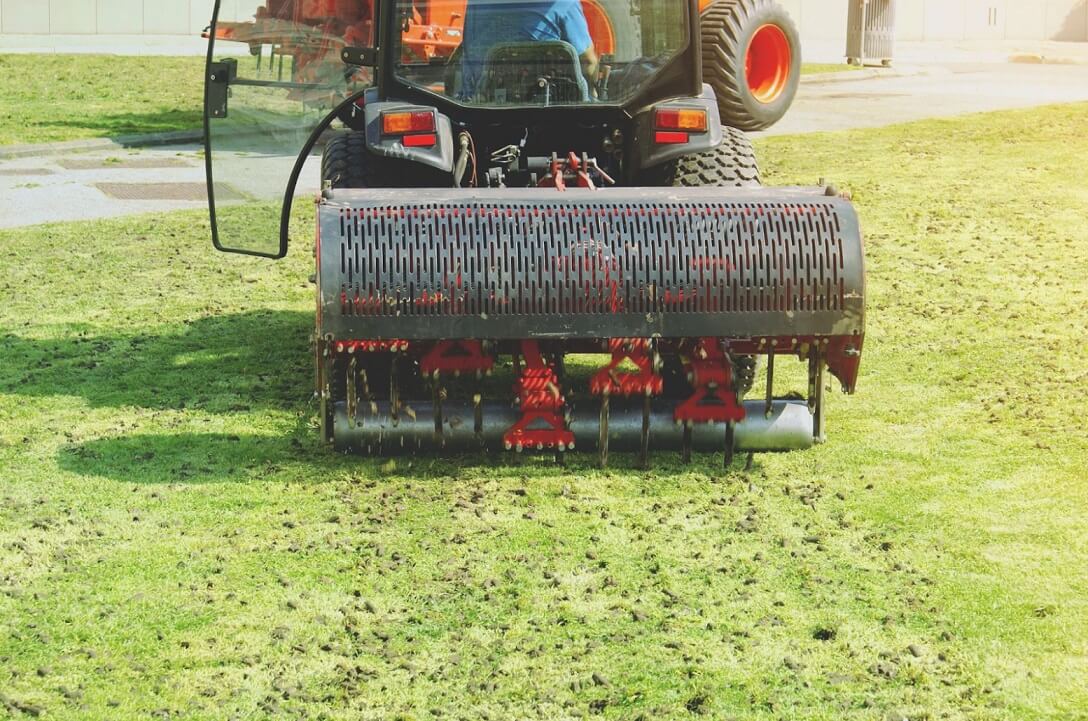
Share: